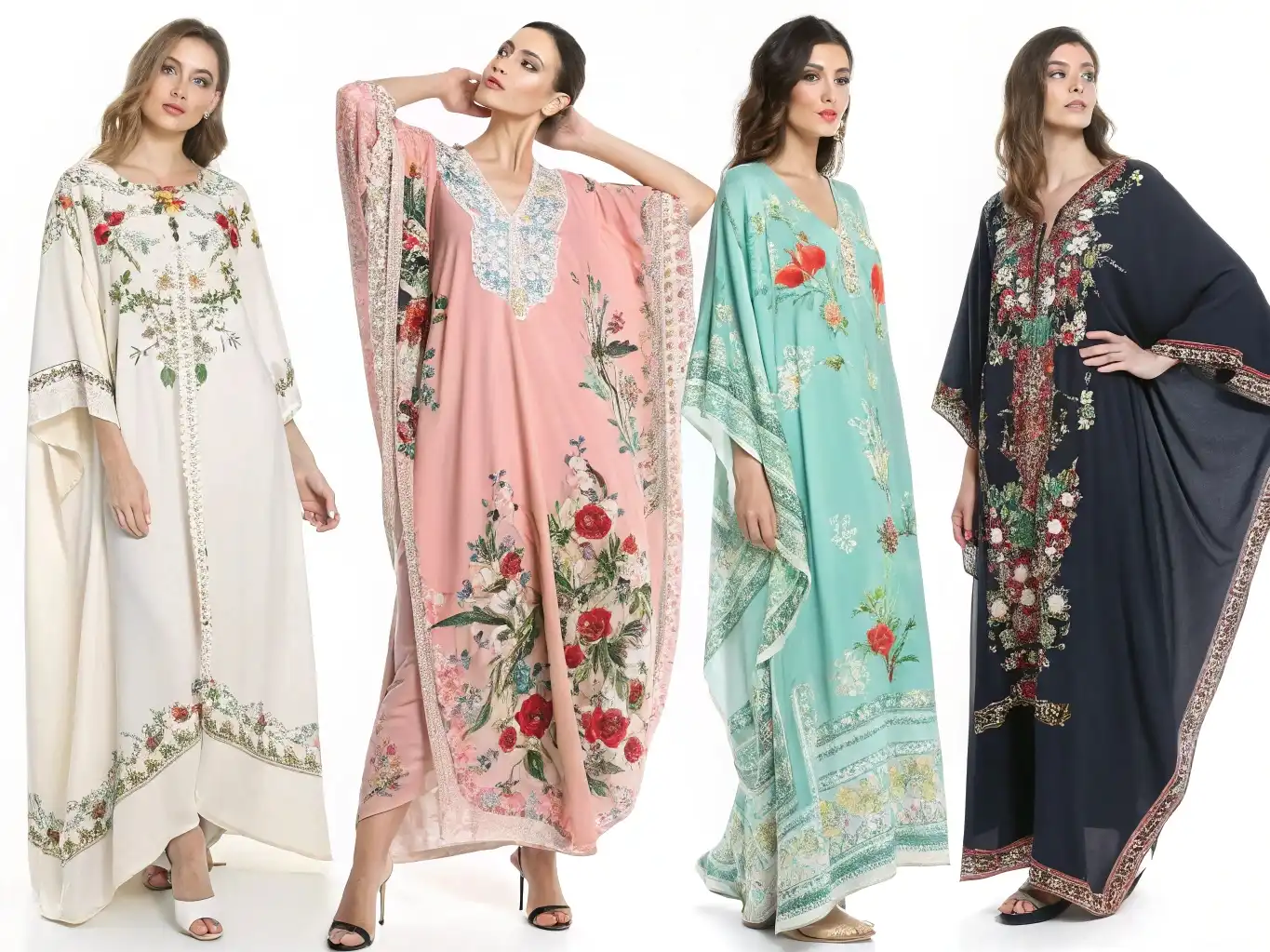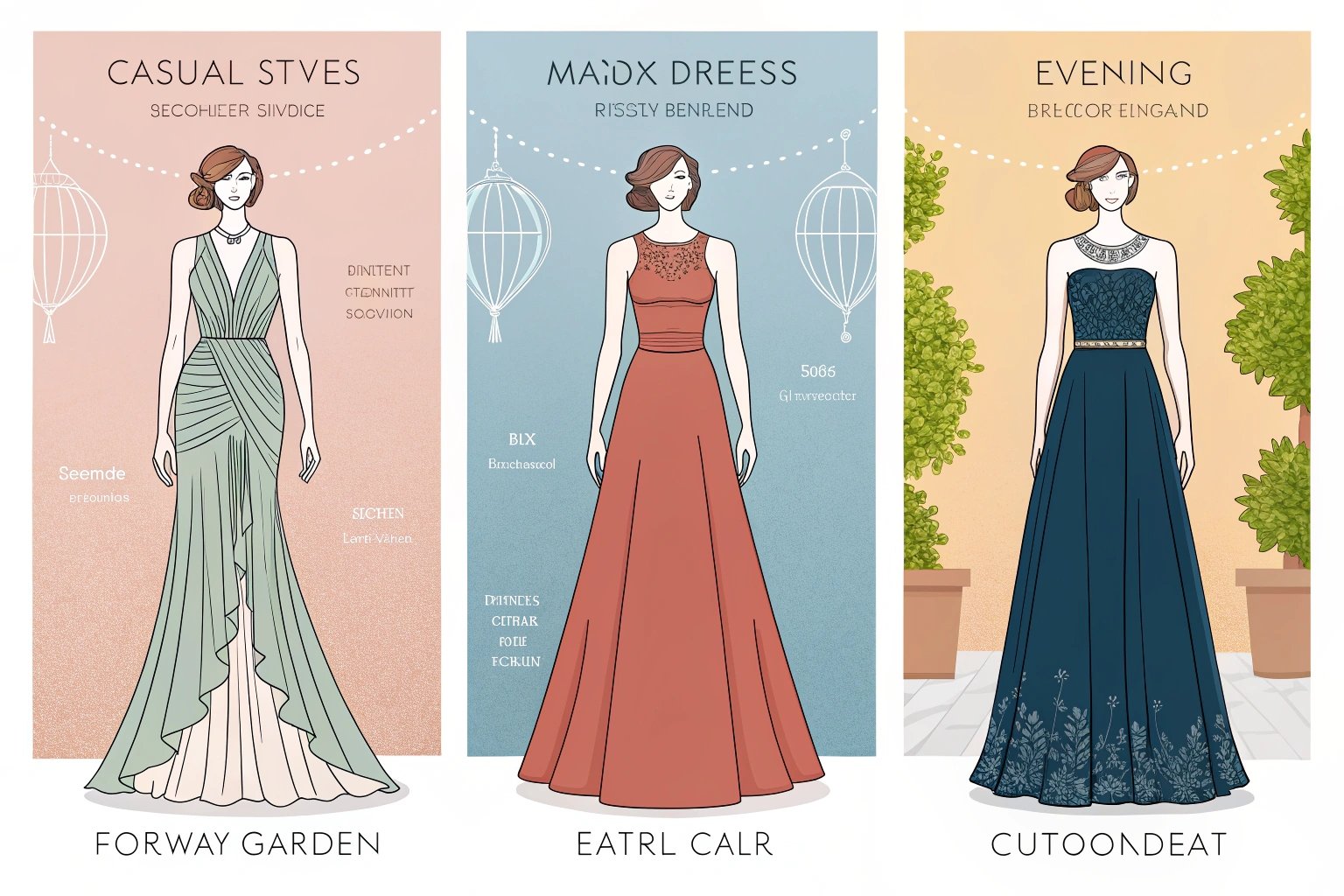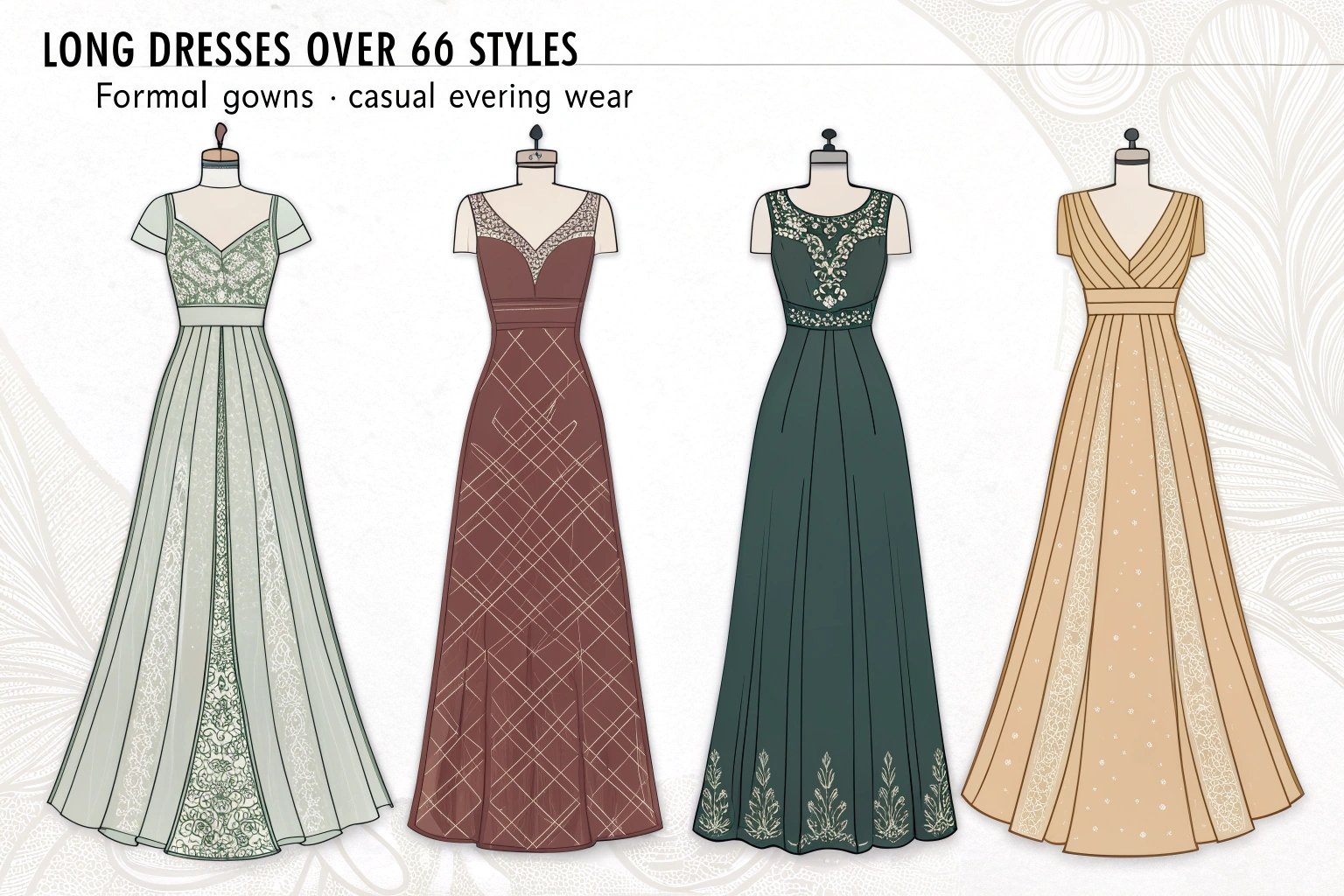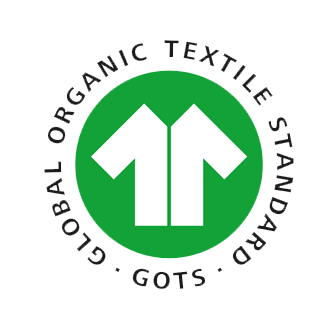Bad fabric choices ruin good patterns. I learned this when a “denim-looking” sundress sagged in heat while a cotton voile twin stayed crisp. The fix was not the design. It was the fabric structure and weight.
Cotton1 is a natural fiber2 used across many weaves and knits3 (voile, poplin, sateen, jersey). Denim4 is a type of cotton fabric—a twill5 with indigo‑dyed warps and undyed wefts—built for durability and a structured look. For custom dresses, pick by weave, weight, and drape, not just by name.
I’ll break down fiber vs fabric, how denim construction changes performance, and exactly when each wins in dressmaking.
What Is Cotton Fabric and Why Is It Popular in Clothing?
Cotton is the fiber. The fabric you feel depends on how we spin, weave, finish, and weight it.
Cotton breathes, absorbs moisture, and takes dye well. Designers use it for casual and everyday custom dresses because it can be airy (voile), crisp (poplin), smooth (sateen), or stretchy (cotton‑spandex jersey).
The science and the options
A) Fiber & yarn
- Staple length: longer = stronger, smoother hand (combed, ring‑spun).
- Yarn systems:
- Ring‑spun: softer, stronger, slight hairiness → premium dresses.
- Open‑end (OE): cheaper, rounder, more “boardy” hand → budget basics.
B) Common cotton weaves for dresses
| Weave | Structure | Typical GSM | Hand & Use |
|---|---|---|---|
| Voile / Lawn | Plain 1/1, fine yarns | 60–90 | Sheer, floaty summer dresses |
| Poplin / Percale | Plain 1/1, high thread count | 110–160 | Crisp shirtdresses, A‑line |
| Sateen | Satin 4/1, face floats | 140–200 | Smooth sheen, cocktail looks |
| Twill (non‑denim) | 2/1 or 3/1 | 140–220 | Soft drape, better crease recovery |
| Jersey (knit) | Loops, not woven | 140–200 | Stretchy casual/body‑skimming |
C) Comfort metrics I check
- Moisture regain: ~7–8% (comfortable against skin).
- Air permeability: higher in plain weaves; lower in dense sateens.
- Shrinkage control: pre‑wash + compacting to ≤3–4% (L/W).
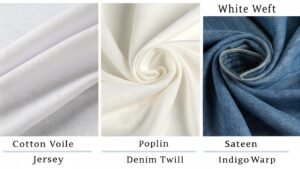
What Is Denim Fabric and How Is It Different from Regular Cotton?
Denim is cotton engineered for structure and wear. The weave and dye make it behave like a different animal.
Denim uses a twill (usually 3/1 right‑hand twill) with indigo rope‑dyed warps and undyed wefts. That diagonal rib, higher GSM, and warp dye create the classic fade and rugged hand.
Construction, dye, and finishing that change everything
A) Weave mechanics
- Twill 3/1 RHT: each warp floats over 3 wefts then under 1 → diagonal lines, higher abrasion resistance.
- Broken twill / 2/1 light denims: reduce leg‑twist, lighten drape for dresses.
B) Dye route
- Rope dye: multiple short indigo dips; white cotton core. Core stays light → high‑contrast fades, potential crocking.
- Slasher dye: steadier shade, more economical for lighter denims.
C) Weight & conversion
- Denim is quoted in oz/yd². Convert to GSM: oz × 33.9 ≈ GSM.
- 8 oz ≈ 271 gsm (summer denim dresses).
- 10 oz ≈ 339 gsm (structured shirt‑dresses).
- 12 oz ≈ 407 gsm (more jacket‑like).
D) Finishing (why denim feels “ready”)
- Sanforization: pre‑shrink; target ≤3% (L/W).
- Skewing: offsets twill to control torque (leg twist).
- Enzyme/stone/rinse: softens hand; adjust for dresses to avoid over‑grain.
Cotton vs. Denim – Key Differences in Fabric Properties
One fiber, two very different behaviors because of weave and weight.
Cotton dress weaves favor breathability, fine drape, and easy care. Denim prioritizes structure, surface interest, and long wear. That impacts comfort, silhouette, and maintenance.
Side‑by‑side for dress decisions
| Property | Cotton Dress Weaves (voile/poplin/sateen) | Denim (twill) | Why it matters |
|---|---|---|---|
| Weave | Plain or satin | Twill 3/1 (often) | Twill packs yarns differently → strength, diagonal texture |
| Weight | 60–200 gsm | 270–407+ gsm | More grams = more structure & heat |
| Drape | From airy to smooth | Firm, sculptural | Denim holds shape; cotton can flow |
| Breathability | High | Medium | Summer comfort favors lighter cotton |
| Color behavior | Piece‑dyed, stable | Warp‑dyed, fades & crocking | Denim needs wash‑care discipline |
| Shrinkage target | ≤3–4% | ≤3% with sanforization | Fit accuracy post‑wash |
| Seam slippage | Watch on sateen | Rare in denim | Pick stitch types accordingly |
Care reality
- Cotton dresses: gentle machine or hand wash; steam; watch sateen shine.
- Denim dresses: wash inside‑out, cold; limit frequency; expect indigo rub on light bags/shoes early on.

Can Denim Be Used for Custom Dresses?
Yes. Denim gives dresses structure, edge, and longevity. The trick is picking the right denim type and engineering the pattern for bulk.
Use lightweight denim (8–10 oz), chambray (plain‑weave “denim look”), or lyocell‑denim for drape. Add 1–2% elastane for comfort in fitted shapes.
Design engineering for denim dresses
A) Fabric choices for comfort
| Option | Why it works | Notes |
|---|---|---|
| Light denim 8–10 oz | Holds pleats, not too hot | Pre‑wash to release stiffness |
| Chambray (cotton) | Denim look, plain weave drape | Great for summer shirt‑dresses |
| Lyocell/Tencel denim | Cool hand, elegant flow | Sustainable story + better drape |
| Stretch denim (98/2) | Body‑con comfort | Recovery ≥90% after 20 min test |
B) Pattern & sewing tweaks
- Seam allowances: 1.3–1.5 cm; reduce bulk at intersections.
- Stitch package: denim needle 90/14, topstitch TEX 40; SPI 7–9 on seams, 9–11 on topstitch.
- Hems: wider (3–4 cm) for weight; grade and notch to avoid “ropey” hems.
- Interfacing: light woven fusible; avoid boardy fronts.
- Wash route: soft rinse/enzyme only; avoid aggressive stones for dresses.
C) Style ideas
- A‑line midi with panel seams + contrast topstitch.
- Corset‑seamed mini in 10 oz stretch denim.
- Shirt‑dress in chambray with curved hem and sash.
- Hybrid: poplin skirt + denim bodice for structure.
How to Choose Between Cotton and Denim for Custom Dresses
Start with the wearer’s climate, the event, and the silhouette. Then match weave and GSM to the look.
Pick lighter cotton weaves for heat, movement, and all‑day comfort. Pick denim when you want structure, statement seams, and low‑maintenance color depth that ages with character.
Decision framework (simple and practical)
A) Quick matrix
| Factor | Choose Cotton when… | Choose Denim when… |
|---|---|---|
| Climate | Hot/humid; you need airflow | Mild/cool; you want structure |
| Occasion | Daywear, office‑casual, resort | Street, smart‑casual, statement |
| Silhouette | Flowy, gathered, bias drape | Tailored, panelled, A‑line, body‑con |
| Care | Easy wash & steam | Fewer washes; fade is a feature |
| Budget | Broad price range | Slightly higher for quality denims |
B) GSM pick‑list (after finish)
- Cotton voile/lawn: 60–90 gsm → tiered, ruffled summer dresses.
- Poplin/percale: 120–160 gsm → shirtdresses, fit‑and‑flare.
- Sateen: 140–200 gsm → sleek cocktail silhouettes.
- Light denim: 270–340 gsm (8–10 oz) → shirt‑dresses, A‑lines.
- Stretch denim: 300–370 gsm (9–11 oz) → fitted styles.
C) Sustainability notes
- Cotton options: Organic, BCI; enzyme/bio‑polish instead of harsh resins.
- Denim options: Recycled cotton blends; indigo with lower‑impact dye routes; ozone/laser finishing.

Tips for Working with Designers on Cotton or Denim Dresses
Write the spec. Test the swatch. Seal a golden sample. That is how I avoid surprises.
Ask for fiber %, weave, after‑finish GSM, shrinkage, and colorfastness data. For denim, add torque/spirality and crocking. Always sew a proto before cutting bulk.
Sourcing questions and simple tests
A) Questions that reveal quality
- What weave and yarn system (ring‑spun vs OE)?
- Confirm after‑finish GSM, width, and finish (mercerized, sanforized, enzyme).
- Test reports: shrinkage, crocking (AATCC 8/116), seam slippage (wovens).
- For denim: ΔE shade band, skew target, and torque after wash.
B) 6 quick tests I run on swatches
- Light test: hold to light → even density (no bald spots).
- Scrunch & recovery: good cloth rebounds; cheap cloth creases hard.
- Stretch & return (if stretch): 20% extension, 10 min rest → ≥90% recovery.
- Crock test: rub with white cloth; denim should not bleed heavily when dry.
- Steam/press: check shine on sateen; check seam impression on denim.
- Mini wash: cold wash, line dry → measure shrink (aim ≤3–4%).
Conclusion
Cotton is the fiber that gives you range—from airy voile to crisp poplin to sleek sateen. Denim is the twill version that adds structure, character, and fade. Choose by weave + weight + drape. Test your swatch, confirm the numbers, and your custom dress will look beautiful on day one—and better after many wears.
-
Explore the advantages of cotton, a versatile fabric known for its breathability and comfort, perfect for custom dresses. ↩
-
Learn about the benefits of natural fibers like cotton, which enhance comfort and breathability in garments. ↩
-
Understand the various fabric constructions that affect the look and feel of custom dresses. ↩
-
Discover why denim is favored for its durability and unique texture, adding structure to custom dress designs. ↩
-
Discover the unique properties of twill fabric, including its durability and texture, ideal for structured garments. ↩


